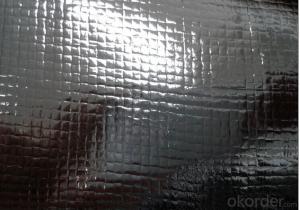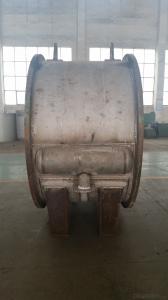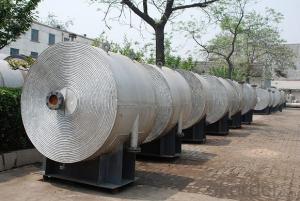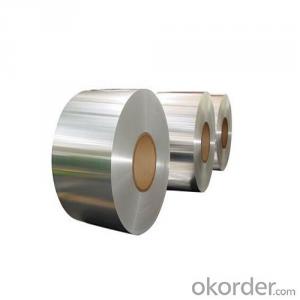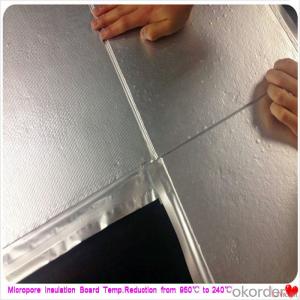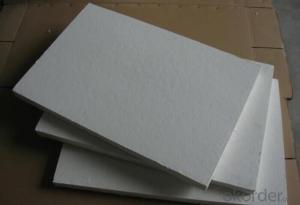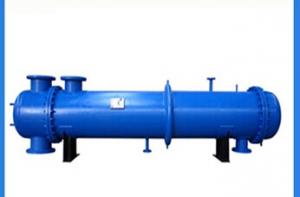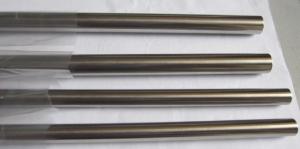Stainless Steel Heat Exchanger
Stainless Steel Heat Exchanger Related Searches
Best Paint For Stainless Steel Paint For Galvanized Steel Steel Frames For Furniture Self Tapping Screws For Steel Surface Grinding Wheels For Hardened Steel Hole Saw For Stainless Steel Paint For Stainless Steel Stainless Steel For Bbq Step Bit For Stainless Steel Sponge For Stainless SteelHot Searches
Steel Mesh Panels For Sale Price For Stainless Steel Scrap Scrap Price For Stainless Steel Price For Stainless Steel Stainless Steel Tank For Sale Stainless Steel Sheets For Sale Cheap High Tea Sets For Sale Stainless Steel Tanks For Sale Stainless Steel For Sale High Density Fiberboard For Sale Solar Hot Water Collectors For Sale Scaffolding For Sale In Uae Scaffolding For Sale In Ireland Scaffolding For Sale In Houston Type Of Inverter For Solar Price Of Shipping Containers For Sale Types Of Inverter For Solar Stock Price For Aluminum Used Solar Inverter For Sale Cheap High Tea Sets For SaleStainless Steel Heat Exchanger Supplier & Manufacturer from China
Okorder.com is a professional Stainless Steel Heat Exchanger supplier & manufacturer, offers integrated one-stop services including real-time quoting and online cargo tracking. We are funded by CNBM Group, a Fortune 500 enterprise and the largest Stainless Steel Heat Exchanger firm in China.Hot Products
FAQ
- The main difference between 304LN and 304 stainless steel pipes lies in their chemical composition and mechanical properties. 304LN stainless steel is a nitrogen-strengthened version of 304 stainless steel. The addition of nitrogen improves its strength and resistance to corrosion, making it suitable for various applications in industries such as food processing, chemical processing, and pharmaceuticals. The nitrogen content in 304LN stainless steel is typically higher than that in standard 304 stainless steel, which enhances its overall performance. On the other hand, 304 stainless steel is a widely used austenitic stainless steel grade known for its excellent corrosion resistance, high-temperature strength, and ease of fabrication. It is commonly used in applications such as kitchen appliances, automotive parts, and architectural components. In terms of mechanical properties, 304LN stainless steel generally exhibits higher tensile and yield strength compared to 304 stainless steel. This makes it more suitable for applications that require increased strength or resistance to deformation. However, it is important to note that the specific mechanical properties may vary depending on the manufacturing process and heat treatment of the stainless steel pipes. In summary, the key difference between 304LN and 304 stainless steel pipes lies in their nitrogen content and resulting mechanical properties. While 304 stainless steel is a versatile and corrosion-resistant grade, 304LN stainless steel offers improved strength and corrosion resistance due to the addition of nitrogen. The choice between the two grades depends on the specific application requirements and the desired combination of properties.
- There is a variety of stainless steel pipe hangers available, each designed for specific applications and needs. Some commonly used types include: 1. Split ring hangers: These hangers consist of a split ring that wraps around the pipe to provide support and stability. They are easy to install and adjust, making them suitable for pipes of different sizes. 2. Clevis hangers: Clevis hangers feature a U-shaped bracket that attaches to the pipe using a clevis pin. They have a high load-bearing capacity and are commonly used for vertical pipe installations. 3. Swivel ring hangers: Swivel ring hangers are designed to allow the pipe to move freely, accommodating thermal expansion and contraction. They have a circular ring that can rotate, reducing stress on the pipe. 4. Riser clamps: Riser clamps are used to support vertical pipes that run along walls or beams. They come in various designs and can be adjusted to fit different pipe sizes and configurations. 5. Beam clamps: Beam clamps are used to secure pipes to overhead beams or structures. They typically have a bolt or threaded rod that attaches the clamp to the beam, providing a secure mounting point. 6. Pipe rollers: Pipe rollers support pipes that need horizontal movement, such as sliding or rolling applications. They consist of rollers or wheels that allow the pipe to move smoothly. 7. Pipe straps: Pipe straps are simple and cost-effective hangers that wrap around the pipe and attach to a surface using screws or bolts. They are commonly used for light-duty applications or in limited space conditions. 8. Pipe saddles: Pipe saddles are used to support pipes that need to be raised or protected from direct contact with a surface. They usually have a curved or U-shaped design that cradles the pipe. It is important to choose the appropriate stainless steel pipe hanger based on specific installation requirements, including pipe size, load capacity, movement, and environmental factors. Seeking advice from a knowledgeable supplier or engineer can assist in choosing the right hanger for the job.
- 304 stainless steel will rust it?
- Stainless steel is a very thin layer formed on the surface and the stability of the fine solid chromium rich oxide film (protective film), to prevent the infiltration of oxygen atoms, to oxidation, and the ability to obtain anti-corrosion. Once there are some reasons, this film was constantly destroyed, air or liquid oxygen atoms will continue to infiltrate or metal atoms of iron to keep out from the loose formation of iron oxide, the metal surface will be continuously corroded.
- To prevent vibration in stainless steel pipes, various measures can be taken: 1. Employ suitable pipe supports: It is imperative to carefully select and install appropriate pipe supports. These supports should be designed to offer ample stability and rigidity to the pipe system, minimizing any potential movement or vibration. 2. Mitigate vibrations with isolators: Strategic placement of vibration isolators along the pipe system can help absorb and dampen vibrations. This reduces the transmission of vibrations through the stainless steel pipes. 3. Ensure proper pipe alignment: During installation, ensure that the pipes are aligned correctly. Misalignment can lead to stress concentrations and heightened vibration. Proper alignment helps distribute forces evenly and reduces vibration. 4. Decrease fluid velocity: High fluid velocities can induce turbulence and vibrations in the pipe system. By reducing the fluid velocity, either through adjusting the flow rate or utilizing flow control devices like throttling valves, vibrations can be minimized. 5. Implement soundproofing measures: In certain cases, vibrations may be caused by external factors, such as nearby machinery or equipment. To reduce noise and vibrations originating from these sources, consider implementing soundproofing measures like using noise-absorbing materials or installing vibration-blocking barriers. 6. Regularly maintain and inspect the pipe system: Conduct routine inspections to detect any signs of vibration or wear in the pipe system. Address any issues promptly to prevent further vibration problems. Additionally, ensure proper maintenance of the pipe system, including regular cleaning and lubrication of any moving parts. By implementing these measures, vibration in stainless steel pipes can be effectively prevented, ensuring the overall stability and integrity of the pipe system.
- Does stainless steel pipe belong to hardware?
- Belong to. Hardware: refers to gold, silver, copper, iron, tin, five metal materials called. Stainless steel pipe is a kind of hollow long strip round steel.
- Stainless steel tube, also known as why tube?
- It can be divided into round tube and special-shaped tube according to the cross sectional shapeThe special-shaped tube has a rectangular tube, a rhombus tube, an elliptical tube, six square tubes, eight square tubes, various cross section asymmetric pipes, etc.
- The main difference between 304 and 304H stainless steel pipes is the carbon content. 304H contains a higher amount of carbon, which enhances its strength and high-temperature resistance compared to 304. This makes 304H suitable for applications requiring higher temperature and pressure, while 304 is more commonly used for general-purpose applications.
- Stainless steel pipes are generally considered superior to plastic pipes in terms of durability, strength, and resistance to corrosion. They have a longer lifespan, can withstand high temperatures and pressures, and are more suitable for industrial and heavy-duty applications. Additionally, stainless steel pipes are environmentally friendly as they are recyclable and do not release harmful toxins. However, plastic pipes are often more cost-effective, easier to install, and can be used in various household applications.

